An example of an activity that best contributes to maintaining homeostasis in an organism is a
(1) bear eating fish from a polluted stream
(2) deer losing its fur at the start of winter
(3) person not sweating on a 100°F day
(4) response to a chickenpox vaccination
Response to a chickenpox vaccination
Solutes moving through a membrane from a high concentration to a low concentration is known as...
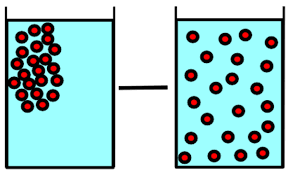
Diffusion
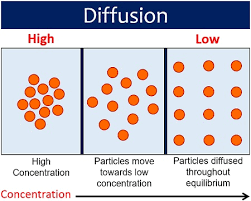
The heart, veins, and arteries are all part of the...
Circulatory system
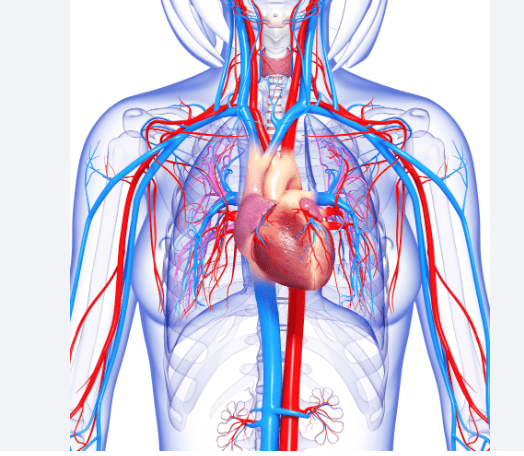
What do Antibodies attach to on a pathogen?
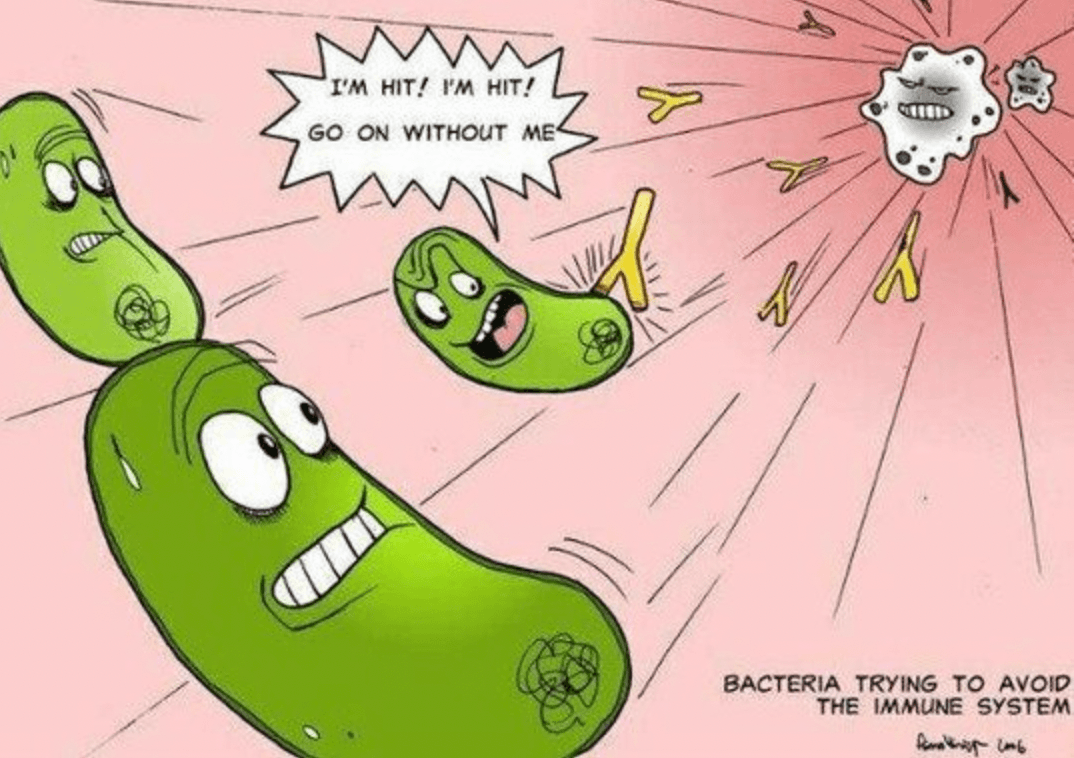
Antigen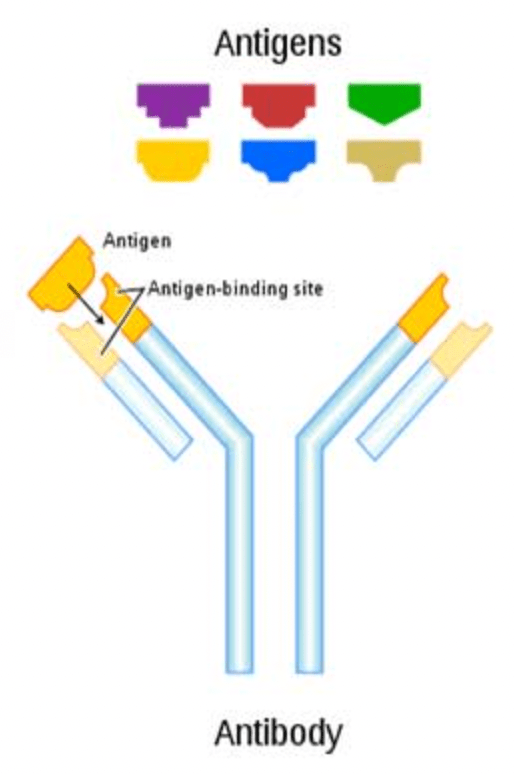
Which of the following variables do our bodies regulate:
A. Salt concentration in blood
B. Glucose concentration in blood
C. Body temperature
D. Blood volume
E. All answers are correct
E. All answers are correct
Homeostasis in single-celled organisms is maintained through the proper functioning of
(1) organelles
(2) guard cell
(3) estrogen
(4) antibodies
Organelles
________ is when water (solvent) moves through a _______ to areas with more solutes.
osmosis, semipermeable membrane
The respiratory system is made up of...
The nose, mouth, lungs, and airways
When getting a vaccination, which substance is injected into the body?
(1) bacteria to combat a pathogen
(2) white blood cells to engulf a pathogen
(3) a weakened form of a virus
(4) antibiotics to kill a virus
(3) a weakened form of a virus
An increase in the level of hormone A causes an increase in the level of hormone B. The increase in the level of hormone B then causes a decrease in the level of hormone A. This process is an example of
1. a failure to maintain homeostasis
2. a feedback mechanism
3. the breakdown of chemicals
4. a disruption in cellular coordination
2. a feedback mechanism
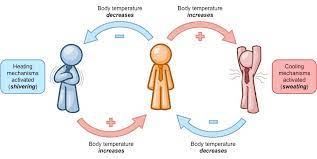
An example of how a plant maintains homeostasis includes
(1) producing many seeds for reproduction
(2) controlling the amount of available solar energy
(3) recycling energy from the Sun
(4) regulating the action of guard cells
Regulating the action of guard cells
Which of these molecules cannot pass through a membrane to enter a cell? (Hint: think about the Diffusion & Osmosis Lab)
A. Iodine
B. Glucose
C. Oxygen
D. Starch
D. Starch

Which system is correctly paired with its function?
A) immune system-intake and distribution of oxygen to cells of the body
B) excretory system-remove potentially dangerous materials from the body
C) digestive system-transport energy-rich molecules to cells
B) excretory system-remove potentially dangerous materials from the body
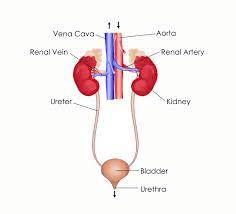
A vaccine used against an infectious disease may contain
(1) specialized blood cells
(2) a variety of antibiotics
(3) toxic enzymes
(4) weakened pathogens
4) weakend pathogens 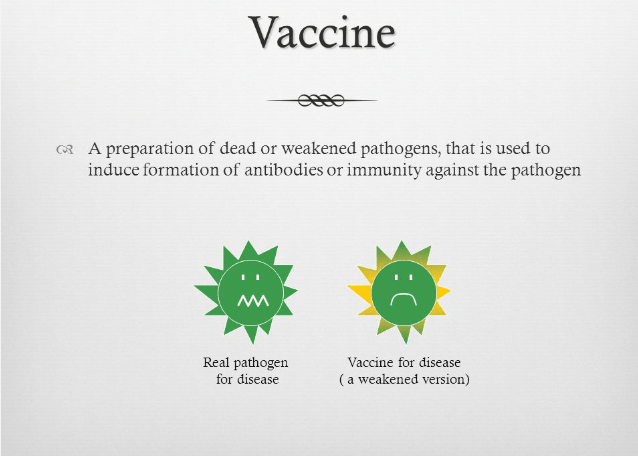
The diagram represents the effect of two chemical substances, A and B, in maintaining the level of glucose in the blood in humans. The interactions of substances A and B is an example of ______
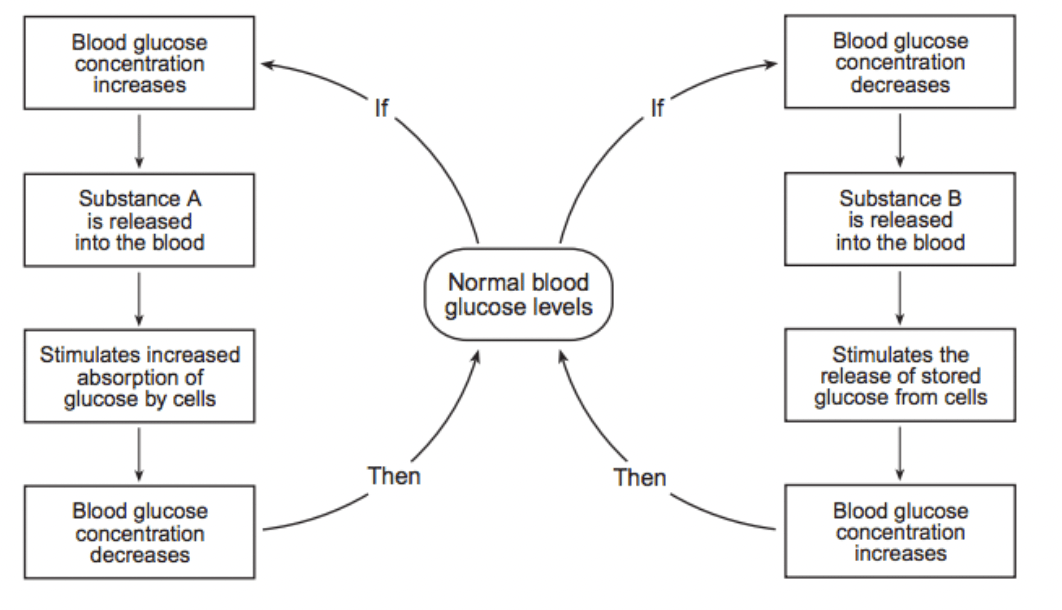
A feedback loop 
Your friend notices how quickly her heart is beating after physical education class. She conducts an investigation on how heart rate is affected by exercise. Which conclusion would be most valid from this experiment?
A. The athlete’s heart rate is higher because they have a stronger heart to maintain
homeostasis.
B. Heart rate increases after exercise in order to replenish nutrients in muscle tissue.
C. Heart rate increases as elevation level increases in order to replenish Oxygen in
muscles.
D. All of the above
D. All of the above
Hurricane Katrina resulted in the death of almost all of the plants in flooded areas. Scientists found that salt concentration in the floodwater caused the plants to die.
Identify the process responsible for the effect that the salt water had on the plants.
Osmosis
Water moved to the area with higher salt concentration.
Remember: "Water loves Solutes"
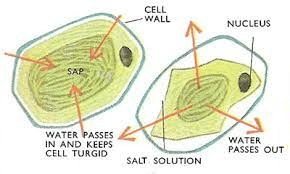
A person with AIDS is likely to develop infectious diseases because the virus that causes AIDS
A) destroys cancerous cells
B) damages the immune system
C) increases the rate of antibody production
D) increases the rate of microbe destruction
B) damages the immune system

Antibiotics are substances used to help fight an infection of a bacteria Streptococcus, that causes strep throat. Overuse of these antibiotics can
a) prevent future infections by these pathogens
b) cause a decrease in the production of enzymes
c) allow organic molecules to be synthesized
d) allow for more antibiotic resistant bacteria
d) allow for more antibiotic resistant bacteria
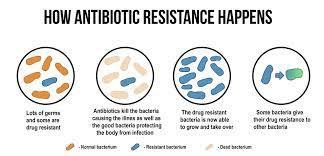
Which statement describes a feedback mechanism involving the human pancreas?
A. The production of estrogen stimulates the formation of gametes for sexual reproduction.
B. The level of oxygen in the blood is related to heart rate.
C. The level of sugar in the blood is affected by the amount of insulin in the blood.
D. The production of urine allows for excretion of cell waste.
C. The level of sugar in the blood is affected by the amount of insulin in the blood.
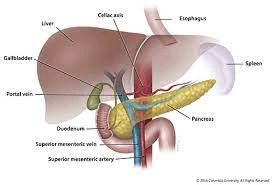
Glycogen Storage Disease: An increase in the glucose level in the blood causes a release of insulin. Insulin signals the liver to absorb excess glucose. The liver stores it in the form of glycogen.
When blood sugar is low, the liver breaks the large glycogen molecules back down into glucose and releases it back into the bloodstream for use by the cells.
People with glycogen storage disease (GSD) cannot break the glycogen down, so they can’t access their stored glucose. Symptoms of this disease include low blood sugar, poor growth, and weakness.
Currently, one of the treatments for children with GSD is to drink a starch solution several times a day. Why?
1) When someone with GSD has low blood sugar, the starch can be digested into glucose to maintain homeostasis.
In humans, what happens when the breathing rate increases?
A) oxygen will diffuse into the blood as carbon dioxide diffuses out of the blood in the lungs.
B) carbon dioxide will diffuse into the blood as oxygen diffuses out of the blood in the lungs.
C) Oxygen from body cells will diffuse more rapidly into red blood cells.
A) oxygen will diffuse into the blood as carbon dioxide diffuses out of the blood in the lungs.
Which organ shown below secretes digestive enzymes and the hormones insulin and glucagon?

Organ B is the liver which is part of the Endocrine system
The virus that causes bird flu can attach to the cells of the lower part of the respiratory system in humans, but not to the cells of the upper part of the respiratory system. The most likely reason for this is that these two groups of cells have different
1. receptor molecules on their membranes
2. water in their cytoplasm
3.enzymes in their mitochondria
1. receptor molecules on their membranes
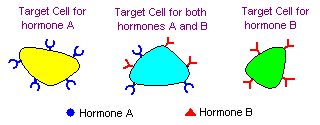
Certain microbes, foreign tissues, and some cancerous cells can cause immune responses in the human body because all three contain
1) Antibodies
2) Antigens
3) Antibiotics
2) Antigens